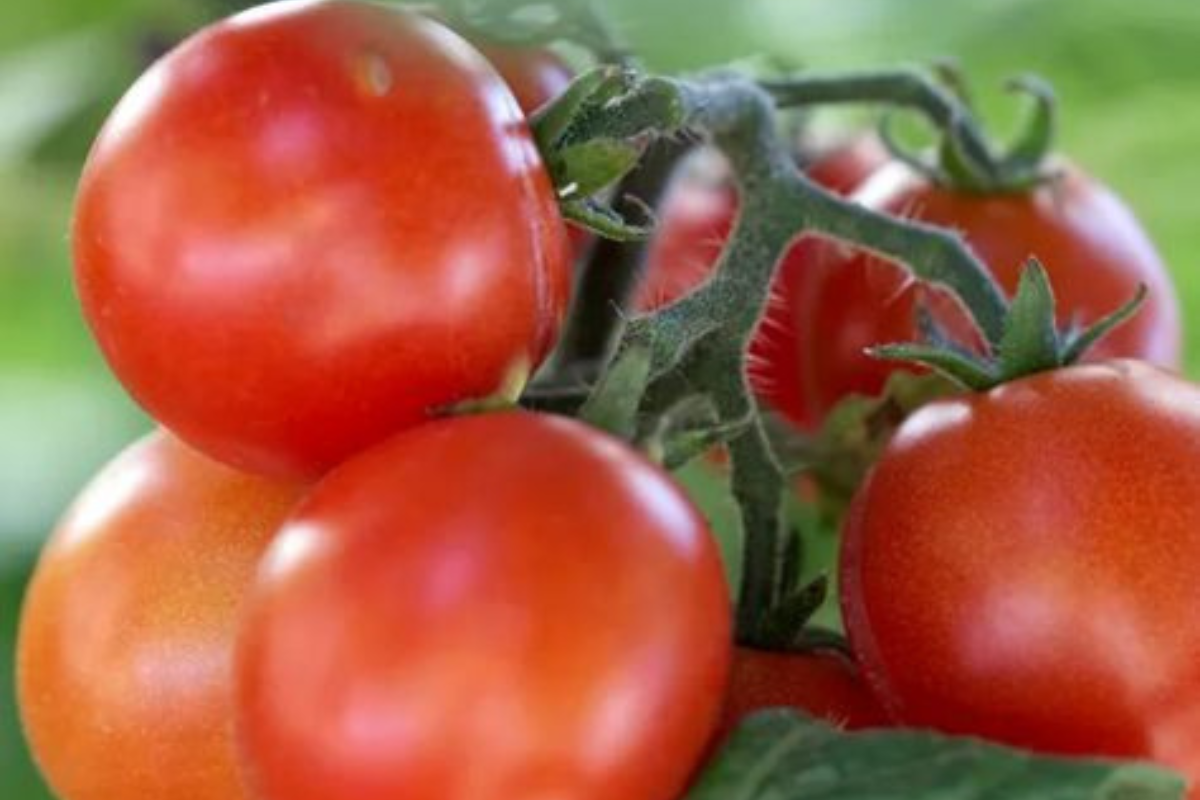Tomato gardening is a rewarding activity for enthusiasts seeking fresh, flavorful produce. A long-standing debate among gardeners revolves around whether to prune tomato suckers. While some advocate for removing all suckers to enhance fruit production, others believe that allowing them to grow can result in larger harvests. Let’s explore why you should reconsider pruning all tomato suckers and discover how to optimize your tomato plants for a bountiful yield.
Understanding Tomato Suckers

Tomato suckers are small shoots that grow in the axils—the space between the main stem and leaf branches. Traditionally, these are removed to conserve the plant’s energy for fruit production. However, suckers can develop into strong branches that bear fruit, contributing to a larger overall harvest.
Why You Shouldn’t Prune All Tomato Suckers
- Increased Photosynthesis
Each sucker adds leaves to the plant, increasing its ability to photosynthesize. More photosynthesis means more energy for fruit production, which can result in a larger harvest. - More Fruit-Bearing Branches
Suckers can grow into sturdy branches that flower and produce fruit. Removing all suckers limits the number of fruit-bearing branches, potentially reducing your yield. - Better Sun Protection
The leaves from suckers provide shade, protecting tomatoes from sunscald—a condition where intense sunlight causes fruits to develop discolored patches that affect taste and texture. - Enhanced Disease Resistance
Allowing some suckers to grow creates a bushier plant structure, which can improve air circulation at the base and reduce the risk of soil-borne diseases. Pruned plants, on the other hand, may become too sparse and vulnerable.
Best Practices for Managing Tomato Suckers
Instead of completely removing all suckers, adopt a balanced approach to ensure optimal plant growth and fruit production.
1. Selective Pruning
- Remove suckers that overcrowd the plant or consume excessive energy.
- Focus on pruning suckers near the base or those blocking airflow and sunlight.
2. Timing is Crucial
- Prune early in the morning when plants are less stressed.
- Morning pruning allows cuts to heal during the day, reducing the risk of disease.
3. Use Clean Tools
- Always sterilize pruning tools with rubbing alcohol or a bleach solution to prevent the spread of diseases between plants.
4. Support Your Plants
- When allowing suckers to grow, ensure the plant is supported with stakes, cages, or trellises to prevent branches from breaking under the weight of the fruit.
Additional Tips for Thriving Tomato Plants
Mulching
- Apply organic mulch, like straw or grass clippings, around the base of the plant. Mulch helps retain soil moisture, suppress weeds, and improve soil health as it decomposes.
Watering
- Water deeply and infrequently to keep soil consistently moist without waterlogging. Drip irrigation or soaker hoses work best for even moisture.
Fertilizing
- Use balanced fertilizers with nitrogen, phosphorus, and potassium. Organic options like compost or fish emulsion provide slow-release nutrients. Avoid high-nitrogen fertilizers, which can encourage excessive foliage growth at the expense of fruit.
Pest and Disease Management
- Regularly check for pests and diseases. Early detection helps prevent problems from escalating. Organic solutions, such as neem oil or insecticidal soaps, can effectively manage pests while maintaining plant health.
Embrace a Balanced Approach
Reconsidering the practice of pruning all tomato suckers can lead to healthier plants and a more abundant harvest. Selectively prune only when necessary, support your plants with proper care, and follow best practices for watering, fertilizing, and pest management. By doing so, you’ll optimize your tomatoes for maximum growth and production.
Enjoy the satisfaction of growing a thriving tomato garden that rewards you with a bountiful harvest of fresh, homegrown fruits.
